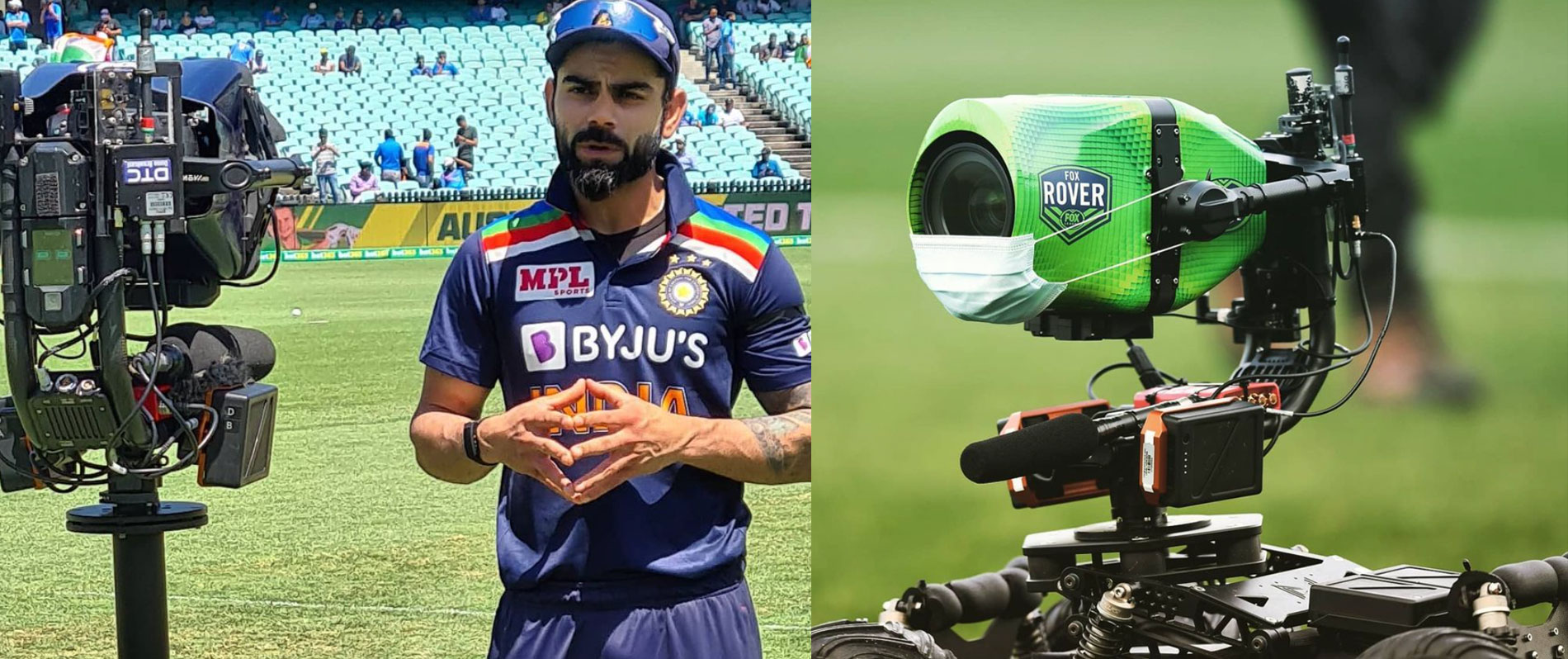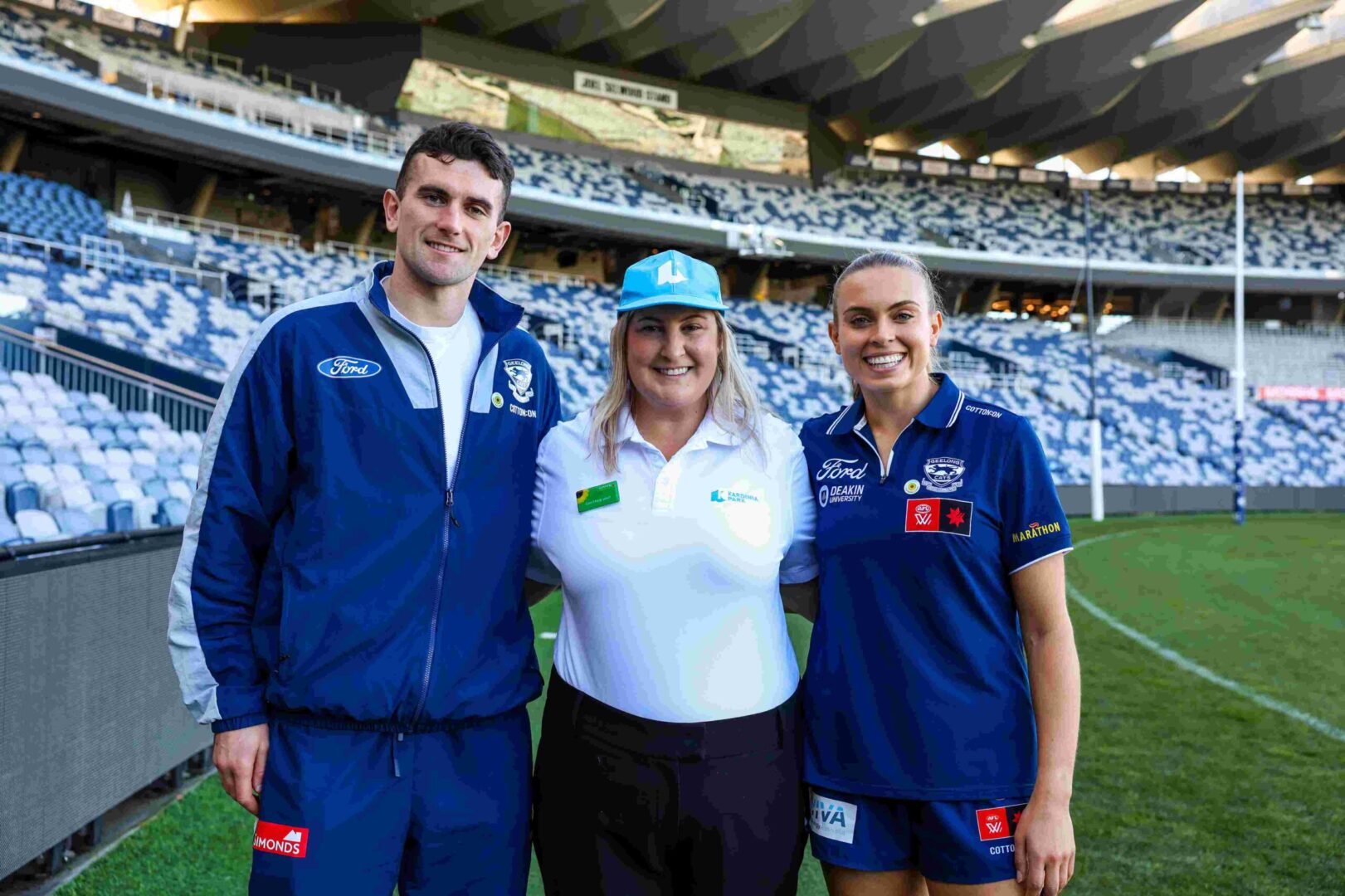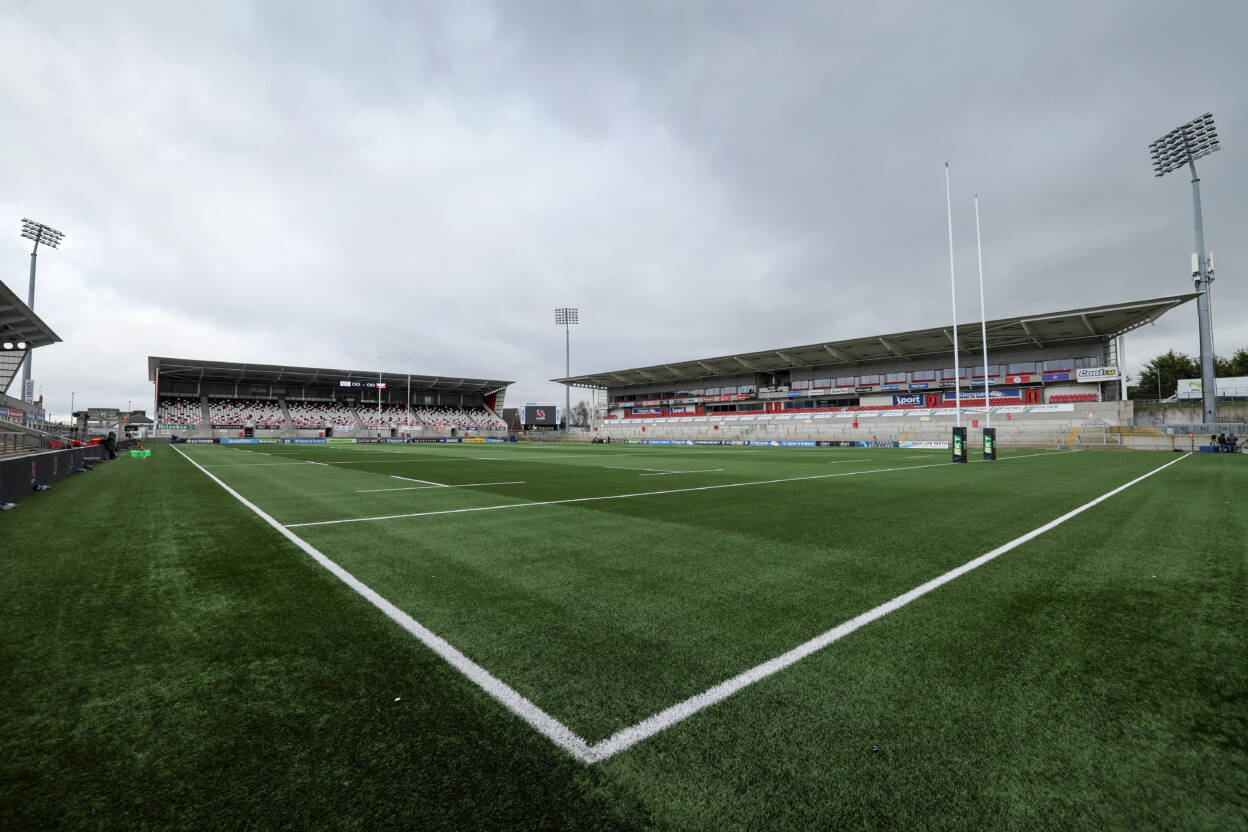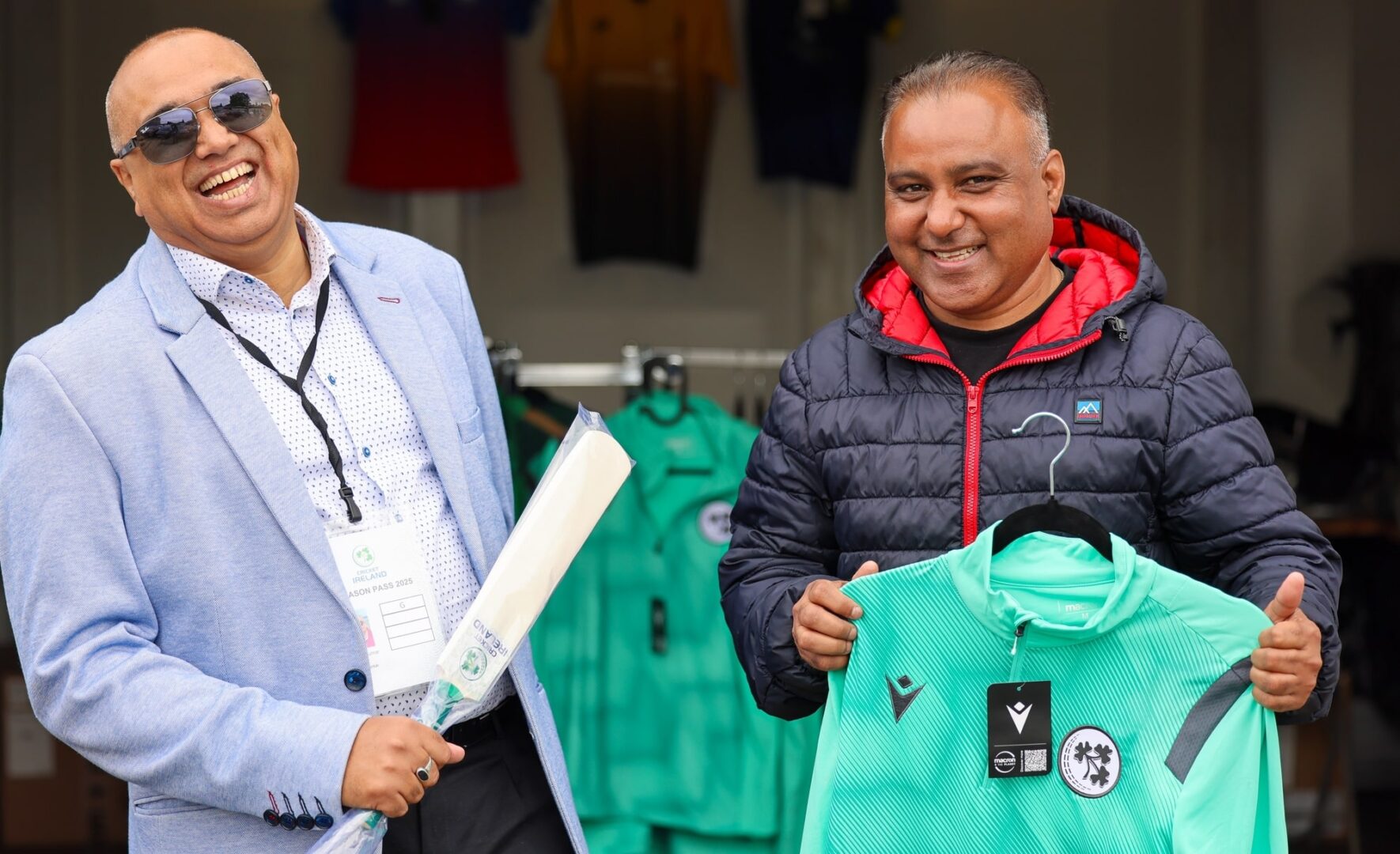[mkdf_dropcaps type=”normal” color=”#f55549″ background_color=””]L[/mkdf_dropcaps]
evel Horizons co-directors Paul Slater, and Michael Keating, spoke to Ministry of Sport about their innovative sports broadcast technology and how they see sports broadcast changing in the post-COVID-19 world.
Discussing the camera technology involved in Level Horizons and how it eventually became commonly known as the ‘Fox Rover’, Slater said the pair found a gap in the sports broadcast market and got to work.
“Me and Michael ran a drone business initially, there was a gap in the market for people supplying broadcast quality live drone footage for sports broadcasts,” Slater told Ministry of Sport.
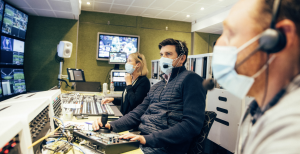
“That then evolved to us working predominantly for Fox Sports, doing live drone footage for them.
“When they got the cricket rights three years ago, they were looking for new innovations basically to go to market with, to show how they were going to be different to previous broadcasters of Australian cricket.
“I always had wanted to create a remote-control buggy camera for years, but the technology hadn’t really been there to provide something that was broadcast quality and reliable.
“We then saw a new camera system come out that kind of wasn’t really built for broadcast, but we identified that it probably would work for what we were after.
“So Fox were keen, and that’s how it all kicked off,” he said.
Adding on to Slater’s point, Keating said Level Horizons allows sports broadcasters to take innovative risks they wouldn’t otherwise.
“Paul’s got a pretty good eye for what’s going on in the live sports broadcast world,” Keating told Ministry of Sport.
“Typically some of the major broadcasters might not have the appetite or the capabilities in-house to do some of this more innovative work.
“It might be seen as particularly risky, or they don’t want to take it on, or they can’t take it on themselves.
“We looked at that as an opportunity to take some of that risk on ourselves and say, ‘we think this could be really amazing, we’ll do the R&D (research and development) for you effectively, we’ll prove it up, we’ll show you what it can do.’
“Then the broadcasters get a low-risk outcome where you’re not on the hook for anything initially until you see it, you’re not signed up, and once you see it, you like it, then let’s talk some more,” he said.
Talking more about how the ‘Fox Rover’ is unique in the sports broadcast space, Slater said: “The beauty of our system is that it’s a completely wirelessly controlled camera that is stabilized to a point that hasn’t really been seen on broadcast television in Australia before.”

“Obviously, they have stabilized cameras in a helicopter, but those systems typically cost multiple hundreds of thousands of dollars to install, plus the cost of a helicopter.
“Nothing’s really been done in this space before for a ground camera.
“We identified a camera system that was brand new, that a company in America called Free Fly had just released, and they created it predominantly for drones.
“We saw that and figured that would be pretty cool to have a remote-control tracking shot that went live to air.
“We sourced predominately three different suppliers and brought them together to create the Fox Rover.
“It hadn’t been proved in any market before, so we sort of had to take a bit of a blind leap of faith with a lot of it. Luckily for us, the results were amazing.
“Not only is it eye catching for the shots it produces, it’s also eye catching at the stadium.
“The commentary teams talk about it on air a lot, the guys who drive it around at the cricket get a lot of people showing interest in it, especially when they turn around and start shooting the crowd.
“So it’s a very eye-catching bit of kit that really fit the brief Fox were after in terms of creating something that hadn’t been done before, and as a flow on effect, that technology is now being used all around the world by different companies, essentially mimicking what we’ve done,” Slater said.
“We’re always looking for what’s next,” he continued.
“We’re very much across new technologies in the camera space.
“We got into a bit of cable cam work last year, we did some point-to-point cable cam work for both Fox Footy and Fox League, for the AFL and NRL.
“We kind of hit a bit of a bump in the road last year, like most companies with COVID and budgets, so we didn’t experience as much growth last year as we would’ve liked, but that’s just the nature of the world at the moment.
“We’ve got a new camera that we’re pitching to Fox Sports at the moment, that’s looking pretty promising,” Slater said.
Adding further onto Slater’s point around the initial years of Level Horizons, Keating said: “The first couple of years, we were on the air 30 days out of 40.”
“It’s probably five or six different locations over that time.
“It’s intense, it’s fast paced, it’s tough on the gear.
“You need to be able to really package that system up in a way that will survive.
“It’s not a toy, it’s not a novelty camera, it delivers that creative angle that nothing else can do,” he said.
Going on to discuss how sports broadcast will change throughout 2021 and beyond, Keating said rights holders need to make a conscious effort to bring more immersive experiences for fans at home.
“For the rights owners, the Cricket Australia’s or the Football Federation’s, the revenue streams that they traditionally relied on from on-ground attendance, that’s going to be really challenged,” Keating told Ministry of Sport.
“There’s going to be a continued shadow hanging over them.
“There’s potential there where the ability for people to go and watch sport live is going to diminish, or at least be clouded, which I don’t know what that will mean for the television broadcasters necessarily, but I think there’s going to be an appetite for a more immersive experience from the home viewer.
“They’re used to watching it on TV, they’re used to being able to go to the ground.
“Maybe there’s a middle ground there where there’s a more immersive experience, which might emerge, that caters to those punters who really want to get down and feel like they’re part of the game,” he said.
Talking further about the expected changes to broadcasts in 2021 as we potentially move closer to the post-COVID world, Slater said remote production will also be a key innovation in sports broadcast.
“I don’t think the viewer at home will notice any change,” Slater told Ministry of Sport.
“I think where the change will happen is innovation around remote production, and what I mean by that is not necessarily having to send commentary teams to the grounds anymore.
“We’ve already seen that last year just with border restrictions, that majority of sports weren’t actually being commentated at the grounds anymore.
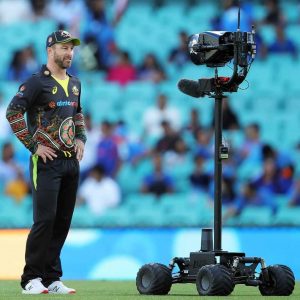
“I think that will flow on into other areas as well.
“Traditionally for sport, everybody is at the field in terms of the production crew.
“There has been remote production introduced, so there are a lot of sports being produced out of Sydney that’s happening in Brisbane for instance.
“I think that’ll just evolve, and you’ll see a lot more probably back-end solutions that won’t necessarily impact the viewer experience.
“I think anyone who broadcasts sport, always wants to innovate and make themselves stand out from everyone else so there will always be innovation in around sport.
“That’s really where a company like Level Horizons fits in the picture.
“We’ll always be pitching up new ideas and trying to help broadcasters set themselves apart,” he said.



